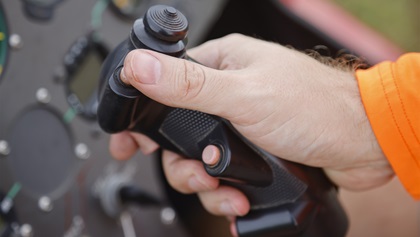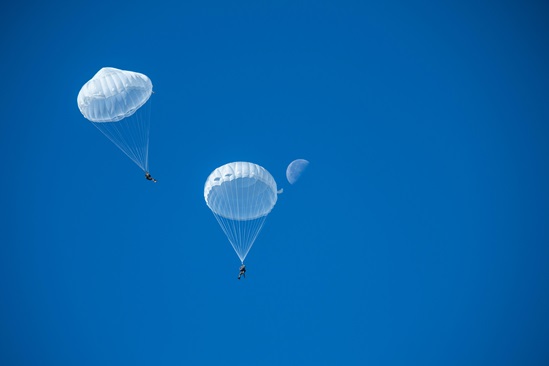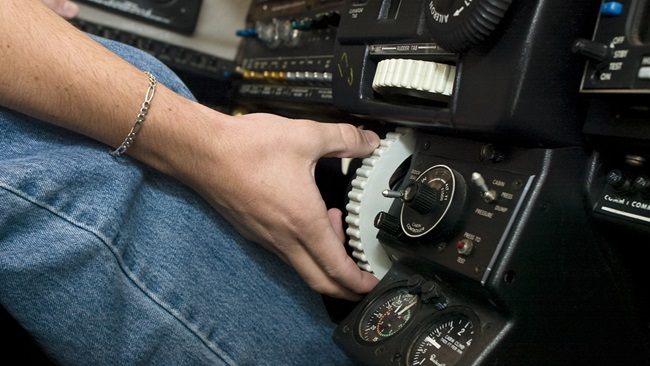Gyro Hero: A new way to train
Taking a page from martial arts
Learning to fly is no different from learning to play a sport. I’m not sure if this idea is controversial, but it shouldn’t be. In fact, for most people, learning to play a sport is significantly more difficult.
Other than a few notable exceptions such as golf, most people learn sports when they’re young. They play in youth soccer leagues and Little League Baseball. They take skiing lessons when they’re 4 years old and turn into downhill missiles. Have you tried to pick up a sport as an adult? It’s humbling.
Our flights are our games. We have plans, which can change in the face of weather, notams, and a host of other factors. To get ready to take on the challenge of a flight we drill on takeoffs, landings, go-arounds, stalls, and more. Some would argue that flying is more mental whereas sports are more physical, but the world’s best athletes are masters at the mental aspects of the game.
Yet unlike in sports, our approach in flight training is often haphazard. If we’re lucky there’s a syllabus, but that’s more a checklist of maneuvers to work on than any sort of plan.
While learning to fly gyroplanes, I’ve been introduced to a new method of drilling skills that has great potential in the flight training world. Frank and Niklas Nierhoff have developed a series of flight training “katas.” In martial arts, katas are choreographed drills that students perform on a routine basis to refine their form. An aerobatic routine could be considered an advanced kata, where the pilot has memorized the routine and focuses on refining both the individual maneuver and the transition between maneuvers.
 The father and son developed three katas. The first is basic maneuvering. It calls for taking off; flying to 500 feet; reducing power; turning right crosswind; leveling off at 1,000 feet; turning 90 degrees left; climbing to 1,500 feet; descending to 1,000 feet; climbing to 1,500 feet; and performing 360-degree level turns, a 360-degree descending turn, a 360-climbing turn, an emergency descent, a climb, two steep turns, and two rounds of slow flight.
The father and son developed three katas. The first is basic maneuvering. It calls for taking off; flying to 500 feet; reducing power; turning right crosswind; leveling off at 1,000 feet; turning 90 degrees left; climbing to 1,500 feet; descending to 1,000 feet; climbing to 1,500 feet; and performing 360-degree level turns, a 360-degree descending turn, a 360-climbing turn, an emergency descent, a climb, two steep turns, and two rounds of slow flight.
It sounds like a lot to memorize, but it only takes maybe 10 minutes on the ground to get the gist of the exercises. Once memorized, student and instructor communication can be held to a minimum. The instructor simply calls for kata one before taking off, and the student knows exactly what to do. Ideally the instructor either stays silent or gives minor feedback throughout the maneuvers. In all, it takes about 20 minutes.
I was skeptical of this approach. After many years of experience, the idea of spending time doing climbs, turns, and descents seemed a bit too pedantic. I was wrong. Because they’re quick, the exercises feel like a welcome warmup to each lesson, and the consistency gives me a baseline by which to evaluate my own performance.
The Nierhoffs also developed katas for pattern work and emergency practice. In theory, an hour flight lesson could consist of katas one, two, and three. It’s easy for the instructor to manage and easy for the student to do self-evaluation and study. It also makes the preflight briefing quick and easy.
But the Nierhoffs see the biggest benefit of the katas as freeing the pilot's mind to work on the most important problems and decisions. Again, the sports analogy works here. When a soccer player dribbles down the field, she can’t be thinking of how to dribble the ball. Her head must be up evaluating the defense, finding her passing targets, and anticipating her next moves. If she’s using all her concentration to dribble, she doesn’t stand a chance. The katas do the same thing for flying. When you can do basic aircraft control, or respond appropriately in an emergency without even thinking, your brain is free to do what really matters in aviation, such as evaluating emergency landing sites, managing the systems, checking weather, looking for traffic, thinking through your descent and approach, and so on.
Because the exercises are consistent and make for a predictable baseline, they’re also a great way for pilots to practice. Too often we get a certificate and don’t do stalls or steep turns again until the flight review. Making a kata that includes these maneuvers and pledging to fly it once a month is a great way to stay forever sharp.
Previously in this series: It's a … what? | Next time: It sure is breezy up there




